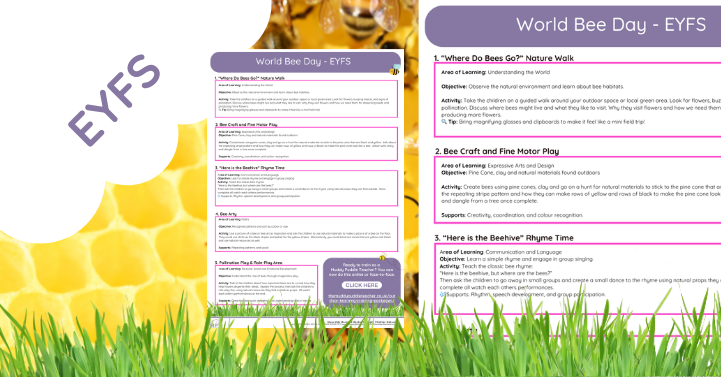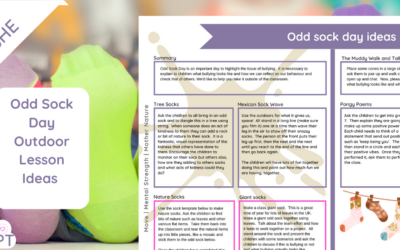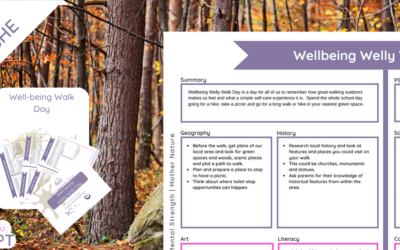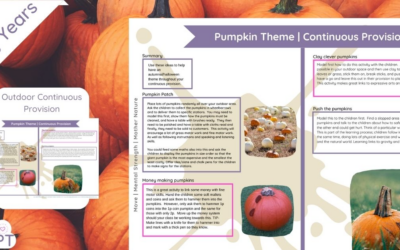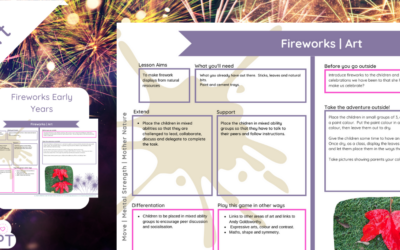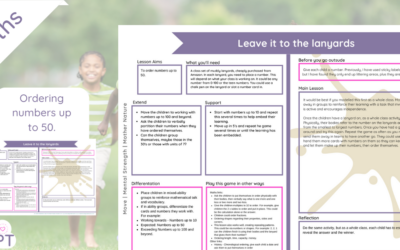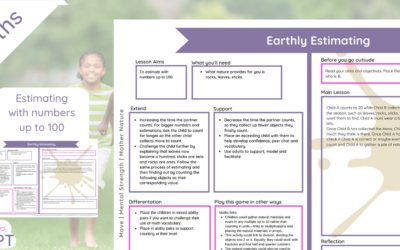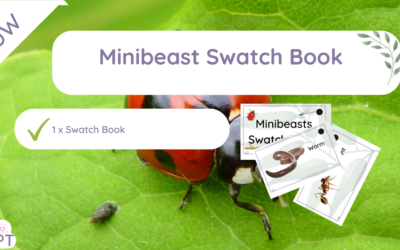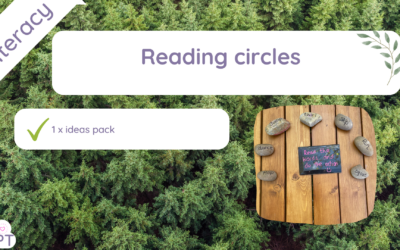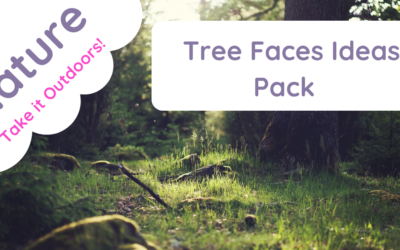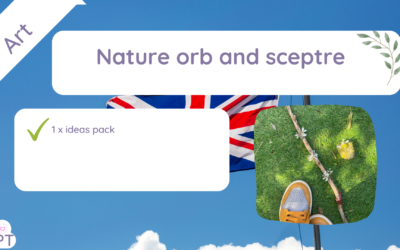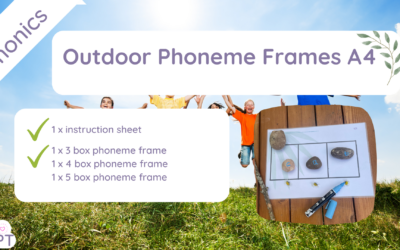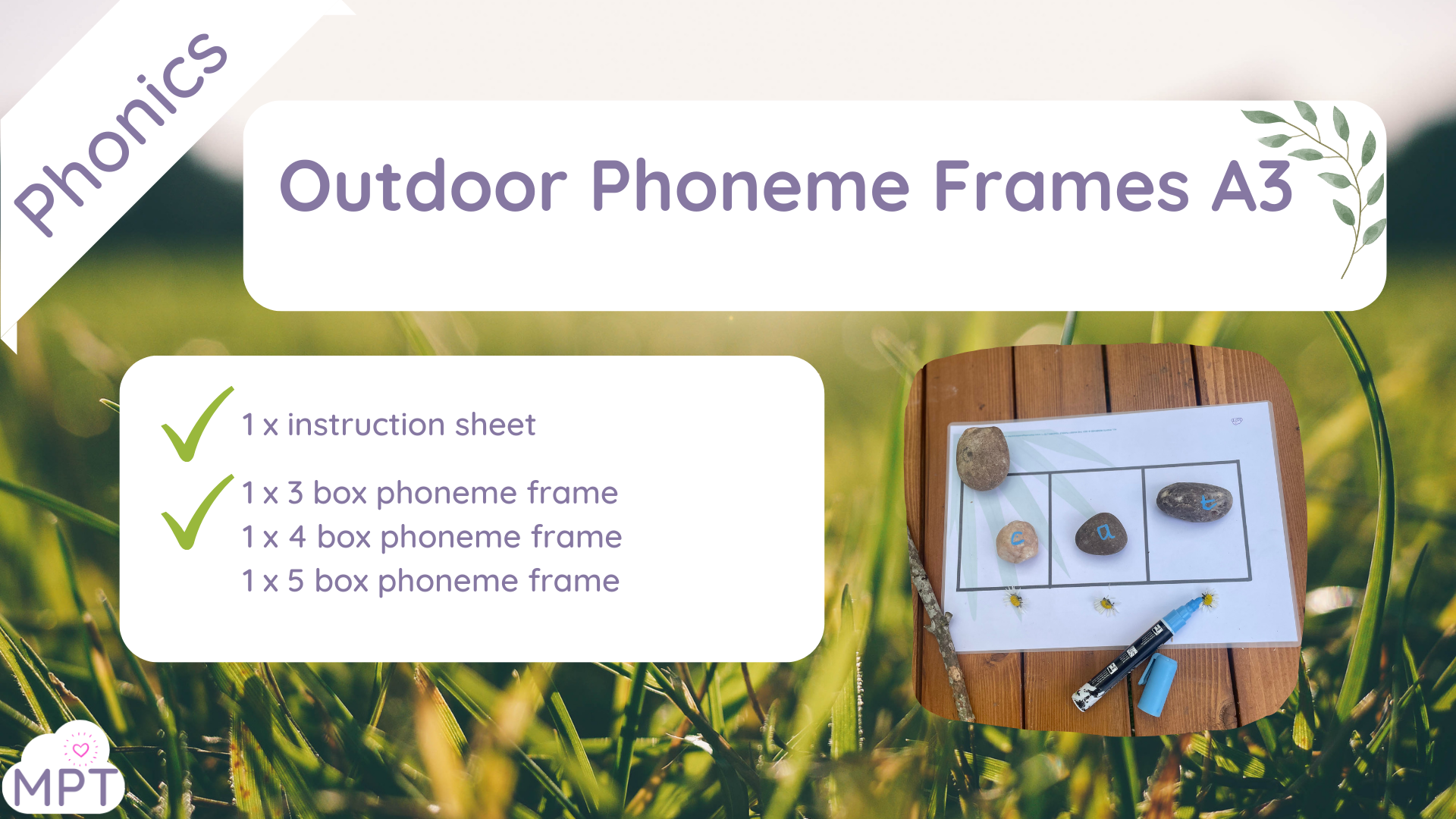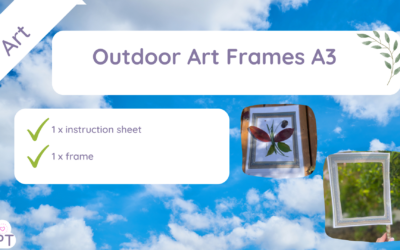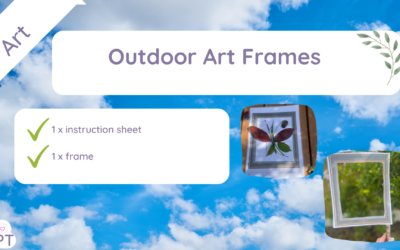What does Chinese Rock Dragon include? Are you joining in with Chinese New Year? Use this creative idea to create a...
Odd Sock Day Lesson Ideas
Nov 20, 2023
What does this resource include? 1 x Lesson Plan for Odd Sock Day Lesson Ideas How can I use this resource? Use Odd...
Well-being Welly Walk Day
Nov 15, 2023
What does this Well-being Welly Walk Pack include? A full day of activities for every curriculum area 1 x parent...
Pumpkin Outdoor Continuous Provision
Oct 24, 2023
What is included in this lesson plan? 1 x Pumpkin Outdoor Continuous Provision - Let's take it outside! 🌳 Muddy...
Fireworks Early Years – Art
Oct 24, 2023
What is included in this lesson plan? 1 x Fireworks Early Years - Let's take it outside! 🌳 Muddle Puddle lesson plan,...
Guy Fawkes Early Years – Significant Characters
Oct 24, 2023
What is included in this lesson plan? 1 x Guy Fawkes early years lesson plan, including opportunities to extend,...
Ordering numbers up to 50 – Leave it to the lanyards
Oct 23, 2023
What does this resource include? Ordering numbers maths lesson plan - take it outdoors! Use this estimating game for...
Estimating with numbers up to 100 : Earthly Estimating
Oct 23, 2023
What does this resource include? 1 x maths estimating outdoor game with numbers up to 100 How can I use this...
Bee Swatch Book
Jun 20, 2023
What does the Bee Swatch Book include? Instruction into how to use your muddy frame 1 x Outdoor Art Frame How can I...
Minibeast Swatch Book
Jun 20, 2023
What does this resource include? 1 x Swatch Book How can I use this resource? Hang up in your outdoor area and let...
Reading circles
Apr 28, 2023
What does this resource include? 1 x instruction pack on reading circles How can I use this resource? Use in...
Tree Faces
Apr 28, 2023
The Benefits of Making Tree Faces Making tree faces is a delightful and creative outdoor activity that engages...
Nature orb and sceptre
Apr 28, 2023
What does this resource include? 1 x instructions pack of nature orb and sceptre How can I use this resource? Use as...
Outdoor Phoneme Frames A4
Apr 28, 2023
What does this resource include? Instruction into how to use your outdoor phoneme frame 1 x 3 box phoneme frame 1 x...
Outdoor Phoneme Frames A4
Apr 28, 2023
What does this resource include? Instruction on how to use your A4 outdoor phoneme frame 1 x 3 box phoneme frame 1 x...
Outdoor Phoneme Frames A3
Apr 28, 2023
What does this resource include? Instruction into how to use your outdoor phoneme frame 1 x 3 box phoneme frame 1 x...
Outdoor Art Frames A3
Apr 28, 2023
What does this resource include? Instruction into how to use your muddy frame A3 1 x Outdoor Art Frame How can I use...
Outdoor Art Frames
Apr 28, 2023
What does this resource include? Instruction into how to use your muddy frame 1 x Outdoor Art Frame How can I use this...
New In
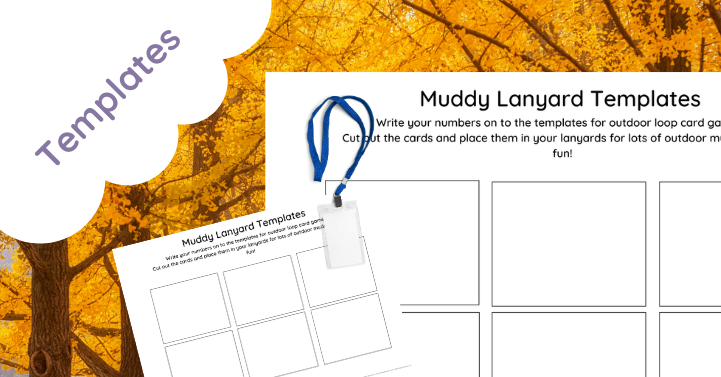
Blank Outdoor Lanyard Template
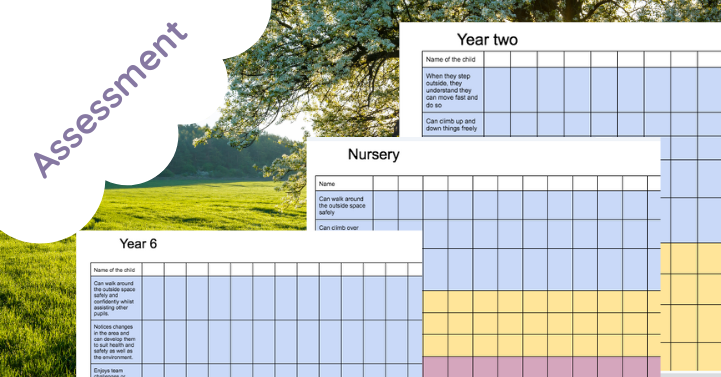
Outdoor Learning Assessment Grid
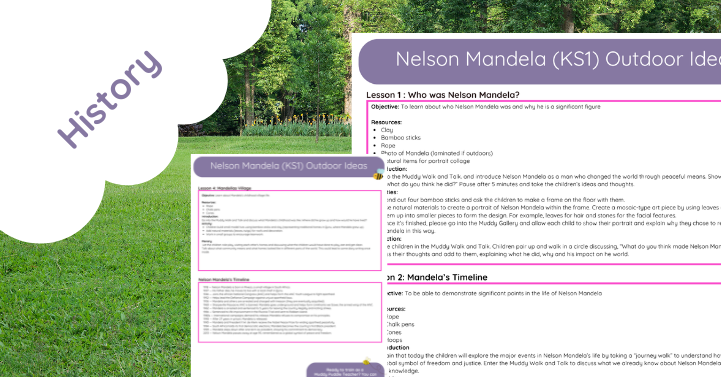
Nelson Mandela KS1 (Outdoor Lesson Ideas)
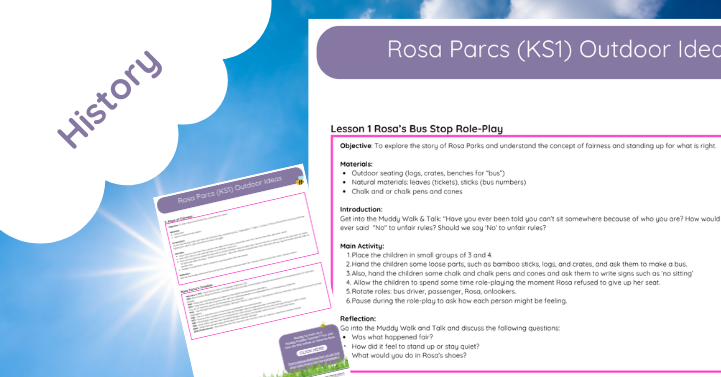
Rosa Parcs (KS1) Outdoor Lesson Ideas

6 Florence Nightingale (KS1) Outdoor Ideas
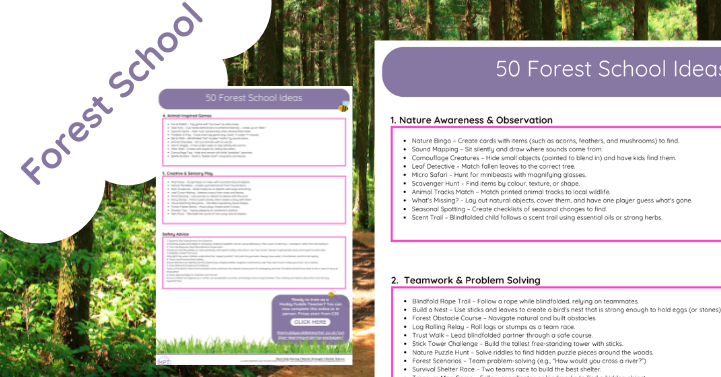
50 Forest School Games

Outdoor Volcano Lesson Ideas Pack

Food Chains – Outdoors

Ch Colouring Sheets
